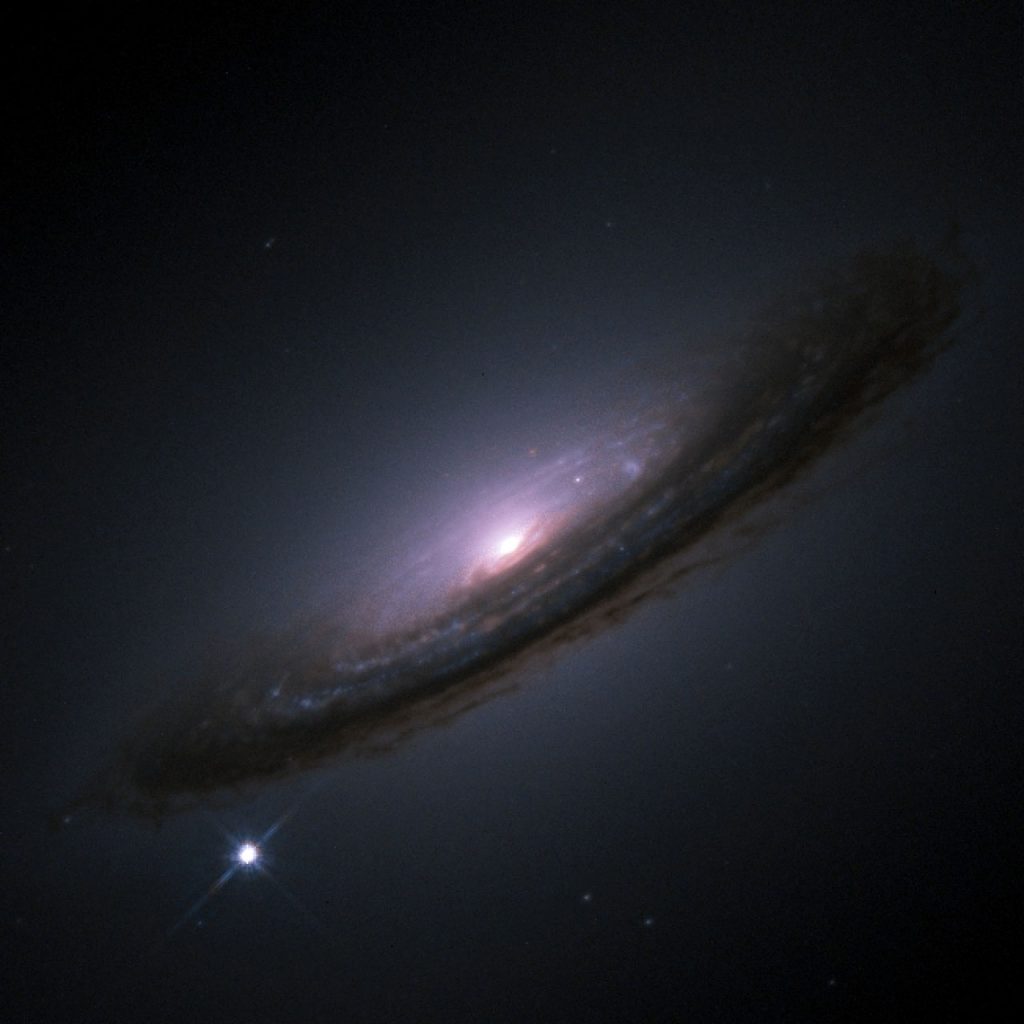Supernova
By Isita Singh
We are yet to encounter many of the innumerable dreadful events that occur within our galaxy. One such event that the scientists expect to turn out to be potentially dreadful for our planet is the explosion of a massive star leading to what we call a supernova.
No wonder that it shall be one of the most dazzling visual sights to think of and if by chance we got to see in any form, the view shall be divine yet potentially terribly fateful for the entire biosphere present on the Earth, depending on how close to use such a supernova may occur. Such predictions persist because the amount of energy emitted by such explosions is really, really large.
The search for probable stars nearby that may go supernova is on; now it is a kind of race against time to locate the star that could go supernova closer to home sooner than it locates us with its huge release of energy. It has been a while since a supernova has been spotted in the Milky Way galaxy. To forecast the accurate spot and time of the occurrence of the next supernova is a really tough task at hand.

One nearby red giant star that will go supernova is named Betelgeuse and belongs to the Orion constellation. Betelguese is under the observation of scientists and amateur astronomers as it has shown certain noticeable changes in recent times. Can we say that this is a danger signal that the star may explode leading to a supernova sometime soon? Betelgeuse has been a subject of study for scientists for more than 100 years and it is clearly evident that the star is massive in size — nearly twenty times that of the sun. Research predicts that the star may be nearing its final climax, and will go supernova; however, we cannot say if that will happen tomorrow, in a millennium, or even 10,000 years from now.
Supernovae have the power to wreak havoc on Earth and cause disruptions to some extent (depending how close they are to us). To support the argument, we have evidence in the form of the presence of Iron-60 isotopes in the mud of the ocean floors of almost all the oceans of the world. The source of the Iron-60 isotope is solely from the explosion of stars in supernovae. The list of the potential effects resulting from supernovae occurring near Earth could include impacts to telecommunications satellites, alterations to the aurorae around the poles, impacts to electrical grids and systems on the ground, and, if the supernova were to be very close by, it could even cause massive changes to the atmosphere and drive extinctions of many living things on Earth.
You may be wondering what kinds of warning signals we may have before any nearby stars could explode and lead to a supernova: there are various signs of stars coming to the end of their life cycles (such as rapid changes in their brightness), but, in general, the stars do not provide accurate timings from our current knowledge as to when they shall explode. As per current research, there aren’t any such stars that shall be a threat to the entire Earth at the moment, although changes can occur anytime.
But say that a supernova does occur near our world. We know that supernovae can cause destruction, but is the contrary also possible? Can they be the source of creation? Might supernovae in the past have been an important part of the evolution of life on Earth, or maybe even an important part of human evolution? We know that without the planetary impact that caused the demise of the dinosaurs in the late Cretaceous, mammals may not have come to grow large bodies nor to have led to us.
Whatever the past impacts of supernovae on life on Earth may have been, one thing that is certain now is that supernovae are beyond amazing while also being something to be really worried about if one were to potentially happen near Earth. Furthermore, our very existence relies on supernovae, as they allow the elements formed inside of the cores of stars to blown out to form new star systems, worlds, and even life. Supernova explosions that occurred billions of years ago have made our existence a reality. Isn’t it such a gorgeous thing that we are innately attached to the cosmos as every particle of oxygen that we are breathing in is an outcome of such amazing stellar explosions?
References
Supernovae Information and Facts | National Geographic.
What Is a Supernova? | NASA Space Place – NASA Science for Kids.
D. Castelvecchi, “Why the supergiant star Betelgeuse went mysteriously dim last year,” Nat. 2021, Jun. 2021
Isita is a Biotechnology undergrad at the SRM University. She has worked on Martian Subsurface Habitability as a Research Associate for the BMSIS Young Scientist Program under the supervision of Dr. Dimitra Atri.
